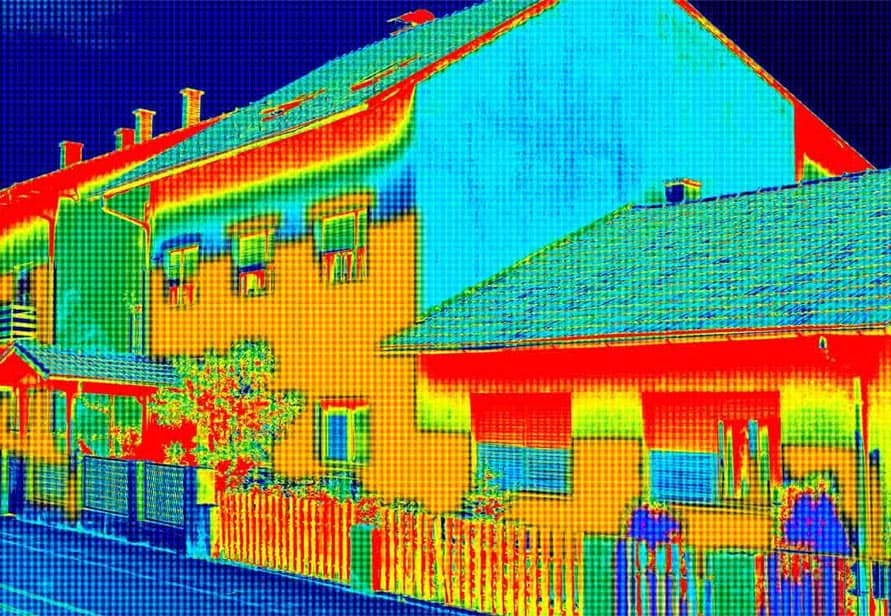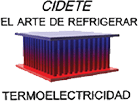Members of the TRANSLATE consortium presented within the “Nanotechnologies and Radiation Processes” session at the 80th International Scientific Conference of the University of Latvia on Thursday February 3rd 2022 at 09:05 GMT.
The TRANSLATE project coordinator, Professor Justin Holmes (University College Cork), gave an overview of the project; while colleagues from Technische Universität Darmstadt and University College Cork shared some of their project results to date.
Traditionally, the conference work is organised in section meetings in 4 fields of science (Natural Sciences, Humanities and Arts, Medicine and Health Sciences, and Social Sciences), 12 priority research topics and interdisciplinary.
Abstract:
Highly ordered nanoporous aluminum oxide (PAAO) is one of the most popular and cost-effective platform for various applications: from templates and molecular separation to drug delivery and energy generation [1]. Its’ unique optical and electrochemical properties have been intensively explored as a platform for developing biosensing and energy harvesting nanodevices [2]. Ionic transport properties of membrane materials have the key importance for application of the membrane in the system of generation and storage of energy
Highly ordered nanoporous aluminum oxide (PAAO) membranes with different morphological characteristics have been obtained via the standard two-stage scheme anodization of aluminum with subsequent removal of the barrier layer. As the result, membranes with pore diameter from 15 to 40 nm and thickness of PAAO layer (hPAAO) from 9 to 112 μm have been fabricated by anodizing aluminum in 0.3 M oxalic and sulfuric acids. The diameters of the porous channels in sulfuric-PAAO membranes were much smaller (13-20 nm) compared to oxalic-PAAO (33-40 nm) samples.
The morphology of the PAAO membranes was characterized by the means of scanning electron microscopy (SEM). The average values of pore diameters and inter-pore distances for membranes of different thicknesses depend on the type of electrolyte used.
For electrochemical measurements PAAO membranes were impregnated with sodium sulfate solution with different concentrations. Resistance of the PAAO membranes filled with electrolyte solution was measured with the use of electrochemical impedance spectroscopy. To this end special electrochemical cell was constructed.








